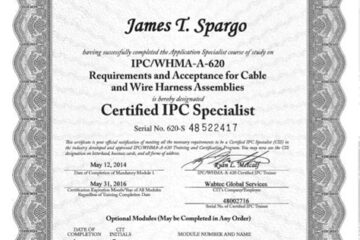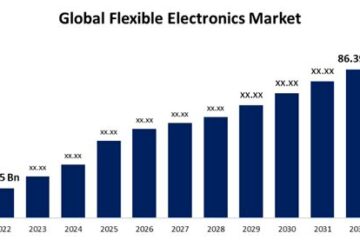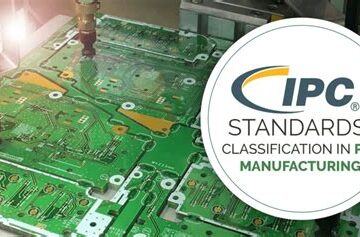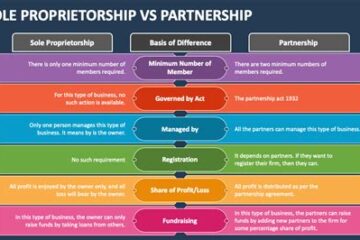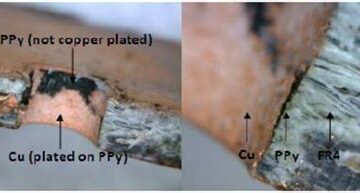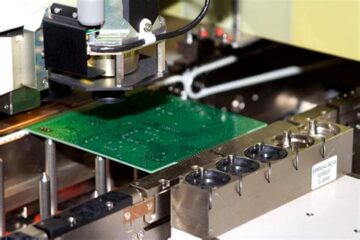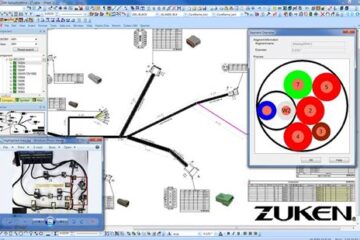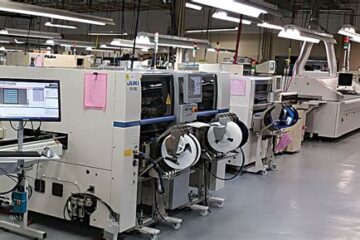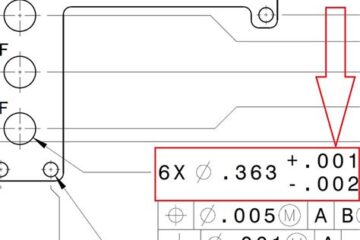PCBA
Saki Announces IPC-CFX Certification for its Automated Optical and X-ray Inspection Equipment
Saki Corporation Achieves Milestone with IPC-CFX Certification Saki Corporation, a leading manufacturer of automated optical inspection (AOI) and X-ray inspection (AXI) equipment for the electronics assembly industry, has announced that its inspection systems have achieved IPC-CFX certification. This certification demonstrates Saki’s commitment to open standards and interoperability in electronics manufacturing. What is IPC-CFX? IPC-CFX, which stands for “Connected Factory Exchange”, is an industry standard developed by IPC (Association Connecting Electronics Industries) to enable seamless communication Read more…
